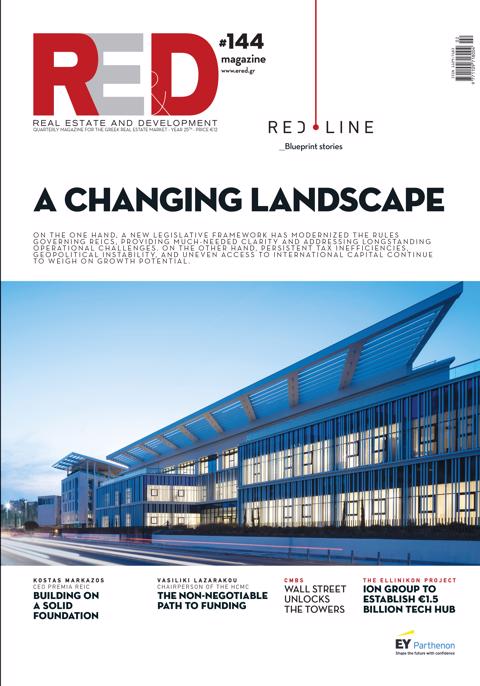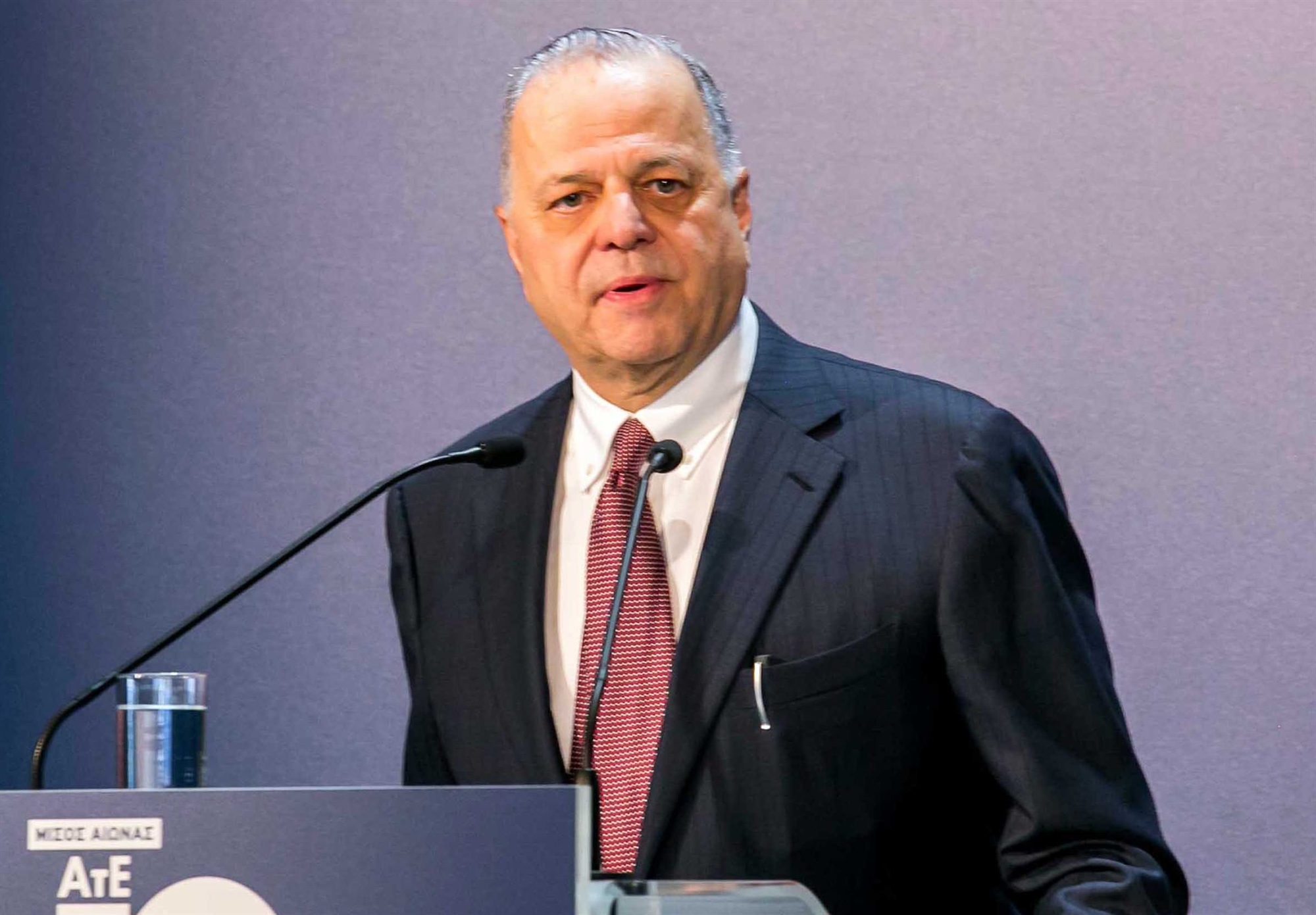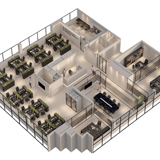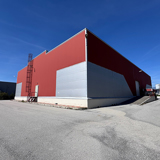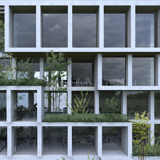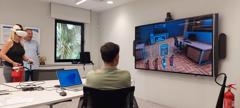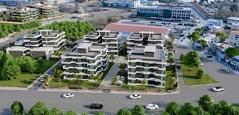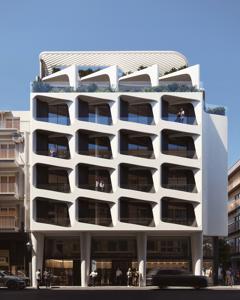According to the Institute, the recent decline stems from weakening expectations across business sectors and several individual industries, with the exception of Retail Trade, where optimism appears to be returning following the summer months. The downward trend in consumer confidence has slowed, as households' highly pessimistic forecasts for their financial situation have somewhat eased.
Business Sector Overview
Industry: In the industrial sector, the mildly positive balance of assessments regarding orders and demand turned negative. Inventory estimates increased slightly, while positive production forecasts for the coming months declined modestly.
Construction: In construction, expectations for business activity dropped sharply and turned negative. However, forecasts for employment improved significantly.
Retail Trade: In retail, mildly positive estimates for current sales weakened slightly. Inventory levels declined, while short-term sales expectations improved marginally.
Services: In the services sector, positive assessments of the current business situation and demand slightly weakened, including short-term demand expectations.
Consumer Confidence: The negative forecasts of households regarding both the country's and their own financial situation eased. At the same time, projections for major purchases improved, and the intention to save also strengthened.
Construction: Mild Decline in Expectations Driven by Drop in Private Projects
The Business Expectations Index in Construction fell in September to 155.3 points (from 166.5 in July), although it remains significantly above last year’s level (143.6 points). The change reflects weaker expectations in public works and, more notably, a sharp decline in private construction expectations. Among the key index variables, positive forecasts for business activity fell sharply and turned negative, while employment forecasts improved significantly.
More specifically, the index for business activity forecasts dropped to -15 points (from +30), with only 9% of businesses (down from 48%) expressing optimism about the next quarter. On employment, the index rose to +34 (from +5), with 35% (up from 32%) expecting to hire and only 1% (down from 27%) foreseeing staff reductions.
Other indicators show a slight decline in current activity assessments, down to +41 points (from +54 in July). Price expectations remained mildly inflationary, with the index rising to +18 (from +15).
Just 12% of businesses report unobstructed operations. 40% cite labour shortages as the main obstacle, 10% report other temporary factors, and 29% mention low demand.
On economic uncertainty, 36.4% of businesses now consider future developments hard or somewhat hard to predict—slightly up from 34.6% in July.
Sub-Sector Analysis
Private Construction
The business expectations index for Private Construction fell sharply to 168.6 points (from 195.8 in July), though it remains higher than last year’s figure (155.1). Highly positive forecasts for scheduled projects dropped significantly to -5 points (from +39), while employment expectations rose slightly to +62 (from +59). Assessments of current activity fell to +55 (from +64), and inflationary pressures persisted, with the price expectations index at +40 (up from +35).
Only 8% of businesses report operating without obstacles. Nearly 63% cite labour shortages, 6% point to low demand, and 18% refer to other temporary factors as main business challenges.
Public Works Construction
The Business Expectations Index for Public Works declined slightly to 138.9 points (from 140.1 in July), still notably higher than the same period last year (117.5 points). The activity forecast index dropped sharply from +24 to -23 points, while employment expectations surged from -33 to +12 points.
Most businesses (86%) expect employment to remain stable, while 13% forecast an increase. Assessments of current work levels fell to +30 (from +47), while price expectations remained seasonally normal. Finally, 16% report smooth operations, while 21% cite labour shortages, 48% low demand, and 4% other cyclical factors as the main operational barriers.

